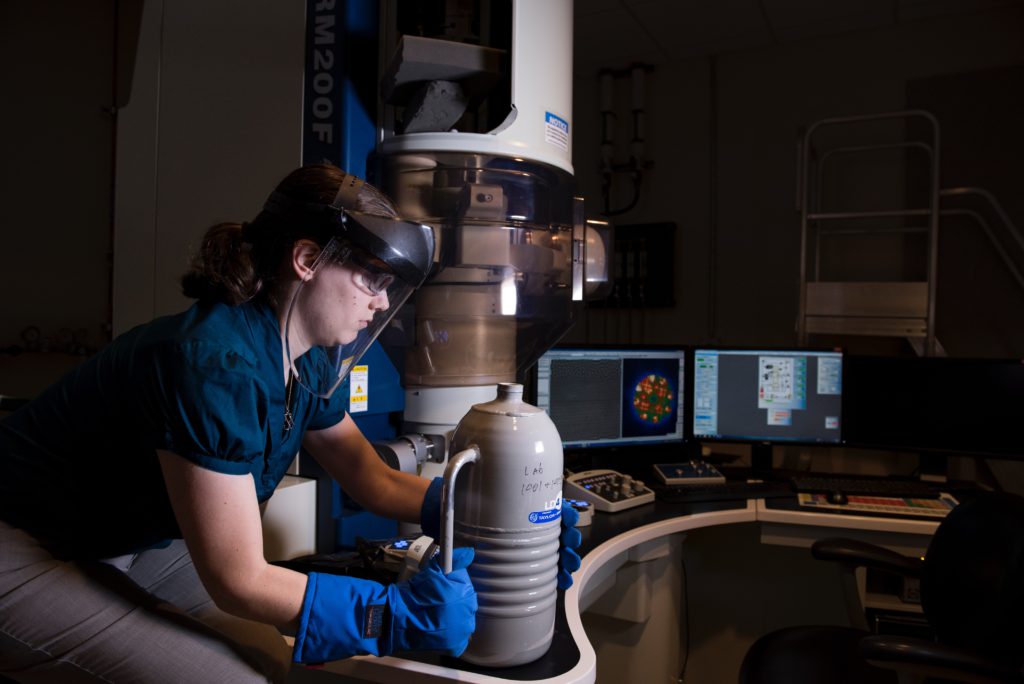What Is Protein Determination?
Direct protein determination is when protein content is calculated based on the analysis of amino acid residues. Indirect protein determination can for instance be inferred following the determination of the nitrogen content or after chemical reactions with functional groups within the protein (Mæhre, 2018).
The amount of protein, both total and component protein, in food can be determined using various analytical methods in a laboratory. In animal feeds, it is essential to have accurate determinations of protein content. The major reason is that protein is a major nutrient and, as a result of new EU legislation, the nutrient content of individual feed production batches must be determined. Typical methods used at the laboratory are described below.
Direct Protein Determination
These are methods used for determining the amino acid profile in a food sample. It is then assumed that amino acids make up proteins. Using an amino acid-specific pattern of methylation, a direct calculation can then be made of the total protein content. An example would be when analysing hydrolysed soya protein, the amino acid profile is 98% Digestible amino acids used at the laboratory for analysing the protein content of soya protein are:
L-lysine, L-methionine, L-phenylalanine, L-tryptophan, L-threonine, L-isoleucine, L-leucine, L-valine, L-alanine, L-arginine, L-glutamine, L-histidine, L-proline, L-serine and L-tyrosine.
Other direct protein determination methods are based on the analysis of individual amino acids present. A reference range for each analyte determines a specific protein content. This method is used for vegetable proteins and isolated protein components e.g. in powders.
Indirect Protein Determination
Levels of total nitrogen and protein can be determined following the combustion of proteins (i.e. combustion of the carbon present in the sample in the presence of oxygen, typically N 2 is mixed with the sample before combustion). The amount of nitrogen produced is therefore used as a measure of the protein content.
The National Amino Acid Pattern (NAAAP) in feed protein is seen as a more accurate method for protein determination compared to nitrogen. This is because the amino acid analysis includes the determination of glutamic and glutamine, which are a part of the total nitrogen present.
Chromatography is a very useful method for protein determination. It can be used either for the total protein, or individual amino acids present in a food sample. If the sample is mixed with an organic solution in a hexagonal plate and an electric current is passed through the mixture, the polar protein will move towards the cathode during the operation cycle. Other non-polar compounds will “drop off” at various times during the cycle, for instance, fat falls off within the first minute.
Protein content in feed can be calculated from the analysis of the different component amino acids present. However, there is no general protein pattern for feeds. This requires a reference material that contains known amino acid sequences.
References
Hanne K. Mæhre, *. L.-J. (2018). Protein Determination—Method Matters. NCBI.

Hassan graduated with a Master’s degree in Chemical Engineering from the University of Chester (UK). He currently works as a design engineering consultant for one of the largest engineering firms in the world along with being an associate member of the Institute of Chemical Engineers (IChemE).


